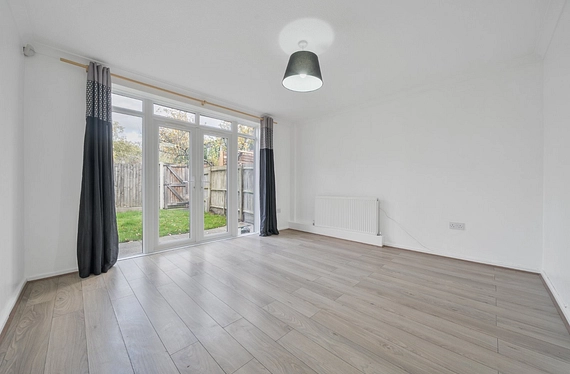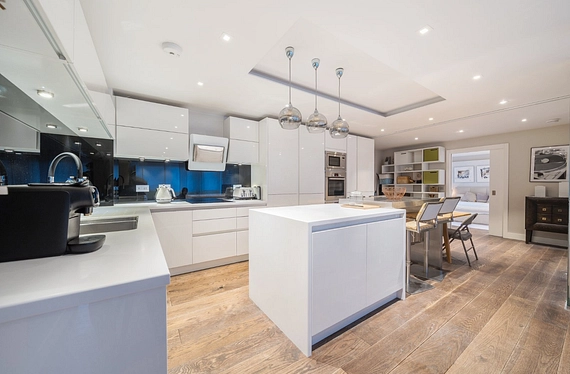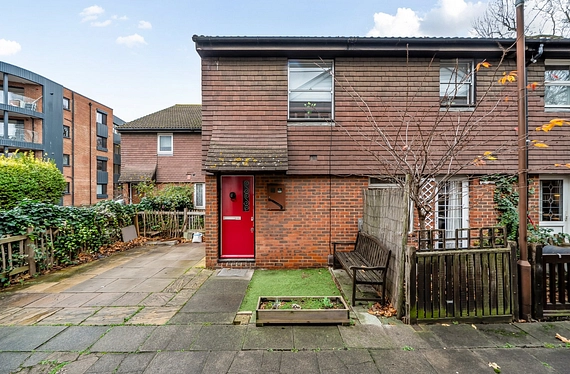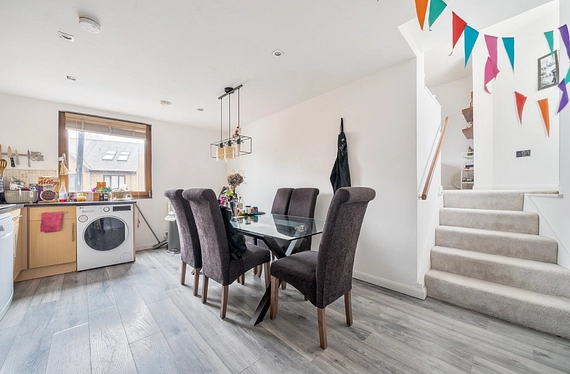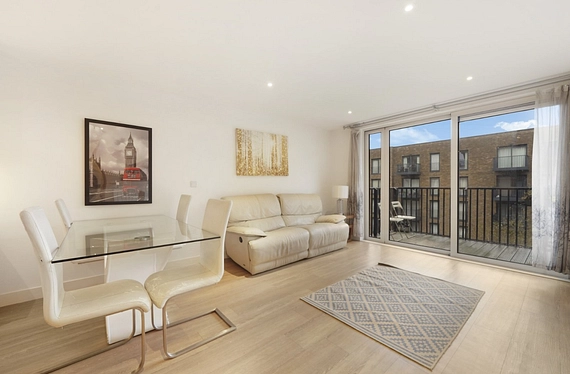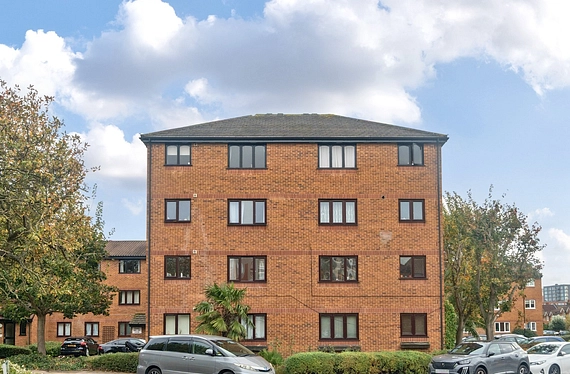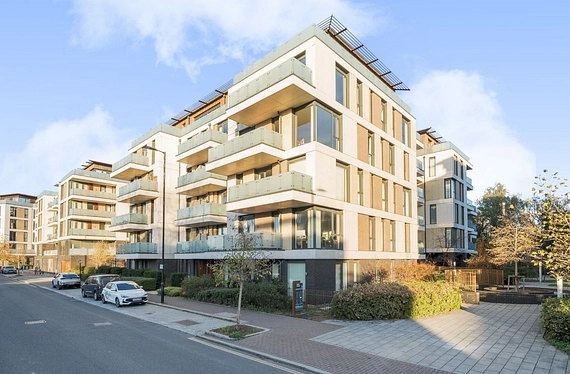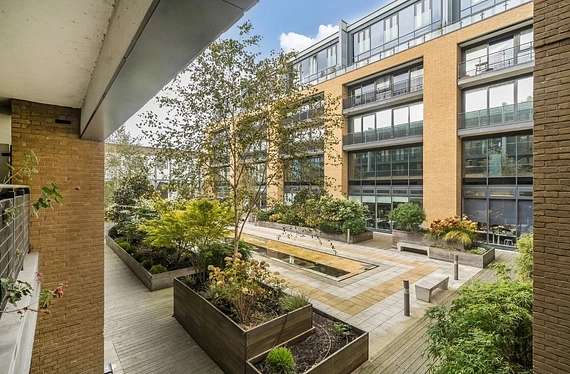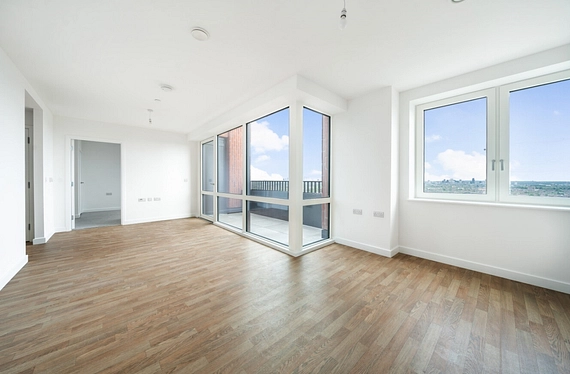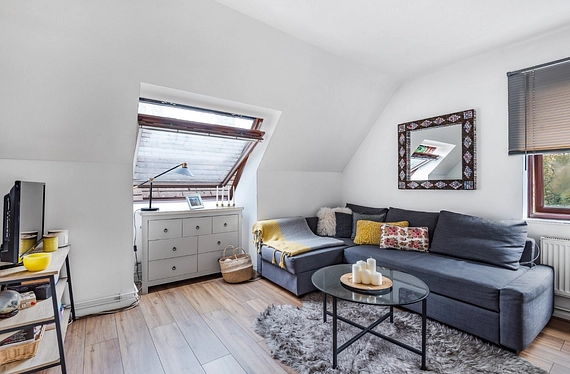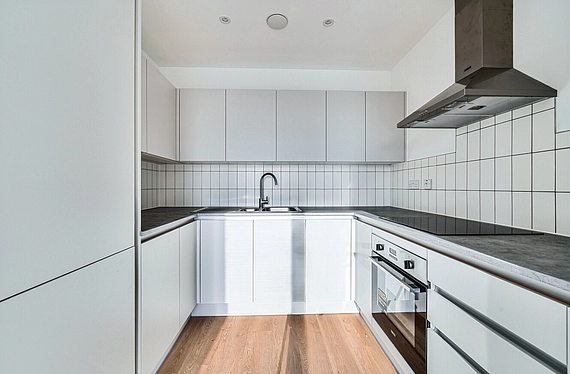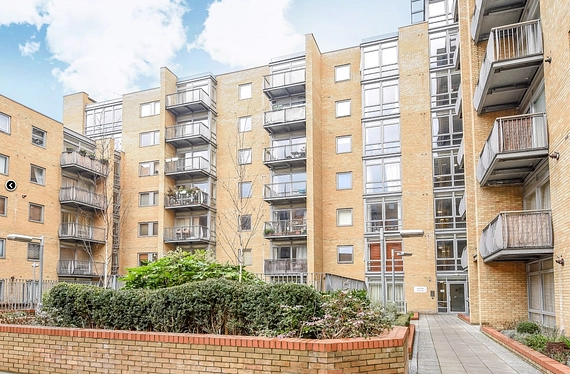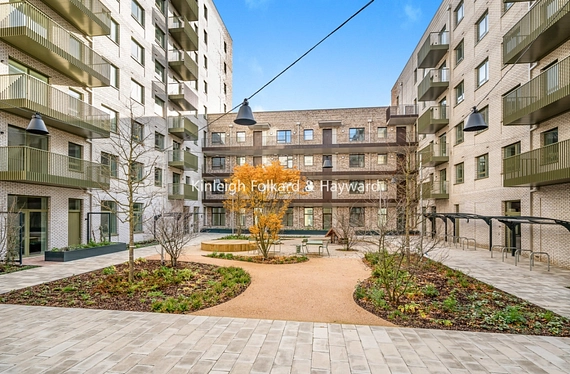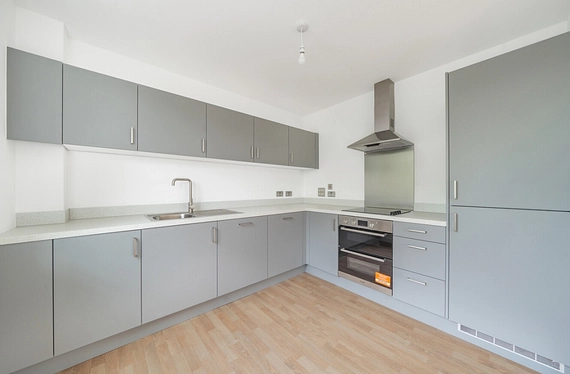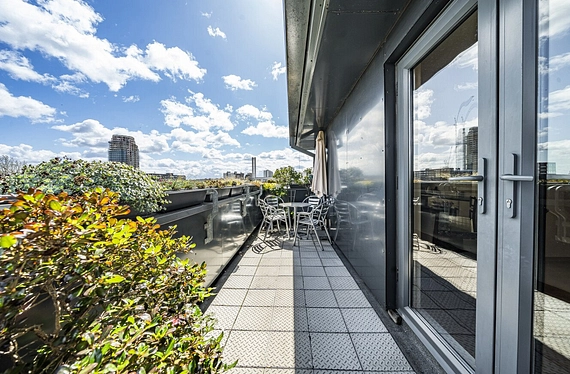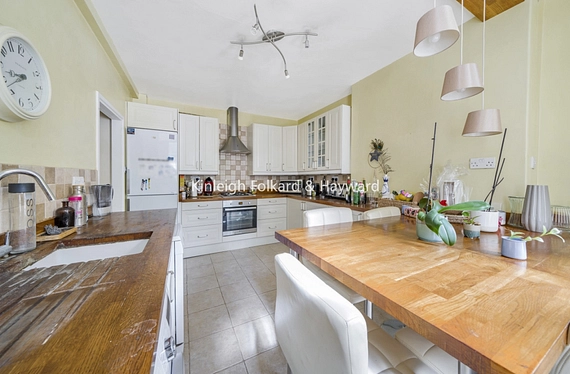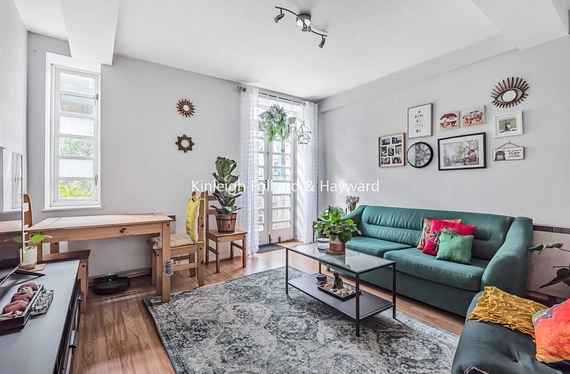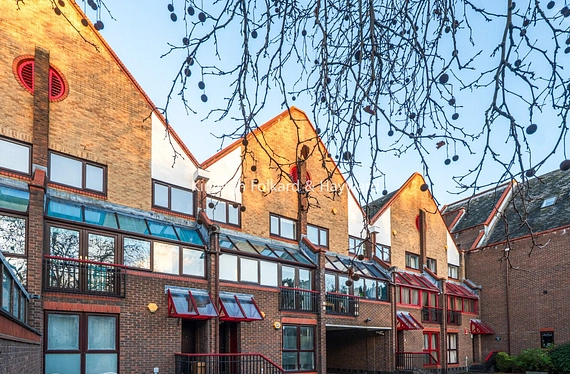Our local agents can provide an accurate valuation for your property.
Living in Canary Wharf
Canary Wharf is one of London’s most iconic neighbourhoods, known for its gleaming skyline and status as a global financial hub. But in recent years, it has evolved into one of the Capital’s most desirable residential areas.
About Canary Wharf
Once a derelict docklands district, Canary Wharf is a thriving business quarter with luxury apartments, world-class amenities and an excellent community. Local transport links make commuting effortless with the DLR and Jubilee Line connecting to the City and West End in under 15 minutes, while the Elizabeth Line offers rapid access to Liverpool Street in six minutes, Paddington in 17, and Heathrow Airport in just 45.
The launch of Wood Wharf, Canary Wharf’s new residential neighbourhood has brought a fresh wave of residents to the area. Locals enjoy a curated mix of restaurants, bars and shops with many offering waterside views, alongside green spaces and cultural attractions. Families benefit from nearby schools and weekend escapes to Mudchute Farm. New developments on the Isle of Dogs have opened up the market to first-time buyers, young professionals and growing families alike.
Fact file
- Canary Wharf was named after the Mediterranean and Canary Islands fruit importer Fruit Lines Ltd, which operated from berth No. 32 at West Wood Quay.
- One Canada Square was the UK’s tallest building at 770 feet until The Shard surpassed it in 2012.
- From 1926 to 1987, buses were the only public transport serving the area until the DLR was introduced.
Architecture and property
The Isle of Dogs saw major urbanisation in the 19th century, with the construction of docks and the London & Blackwall Railway. While much of the industrial infrastructure was cleared to make way for Canary Wharf’s skyscrapers, many converted warehouses remain and are now benchmarks for open-plan loft living.
Property in the area is dominated by luxury apartments, riverside developments, and penthouse flats with panoramic views across London. A mix of modern townhouses, Edwardian cottage estates, Victorian terraces, and former council flats offers a range of options for buyers and renters alike.
Going out
Canary Wharf’s dining scene is diverse and upscale. Boisdale offers modern British cuisine and a whisky list of over 3,000 bottles. Roka serves contemporary Japanese dishes with robata grill theatrics, while Hawksmoor delivers exceptional steak in a floating eco pavilion. New additions in Wood Wharf include Emilia’s Pasta and MMy, a vibrant food hall from the creators of Mercato Metropolitano.
For cocktails with a view, head to Pergola on the Wharf. Electric Shuffle in Cabot Square combines drinks with interactive games, while The Gun is a local favourite offering oysters and upscale gastropub fare.
Discover the area’s history at the Museum of London Docklands, which also hosts evening ghost walks. Canary Wharf boasts London’s largest collection of outdoor public art, with over 100 sculptures and installations.
Local amenities
Canary Wharf is a shopper’s paradise, with five shopping malls featuring brands from Monica Vinader to Zara. Grocery needs are met by a central Waitrose and an Asda superstore in nearby Crossharbour. Billingsgate Fish Market is open to the public, but arrive early for the best catch. A local favourite is Chrisp Street Market, offering over 80 stalls of fresh produce and goods.
Fitness options are top tier with Third Space Canary Wharf offering over 300 classes weekly. Virgin Active provides additional gym and wellness facilities, while Tiller Leisure Centre offers a pool, gym and group classes. For watersports, head to the Docklands Sailing & Watersports Centre where you can try canoeing, sailing, windsurfing and powerboating.
Green spaces
Despite its urban setting, Canary Wharf offers 16.5 acres of landscaped parks and gardens. Popular green spaces include Harbord Square Park, Jubilee Park and the exotic Crossrail Place Roof Garden. The Harbour Quay boardwalk provides scenic waterside strolls and the standout green space is Mudchute Park and Farm, boasting a 32-acre countryside escape with over 100 animals.
